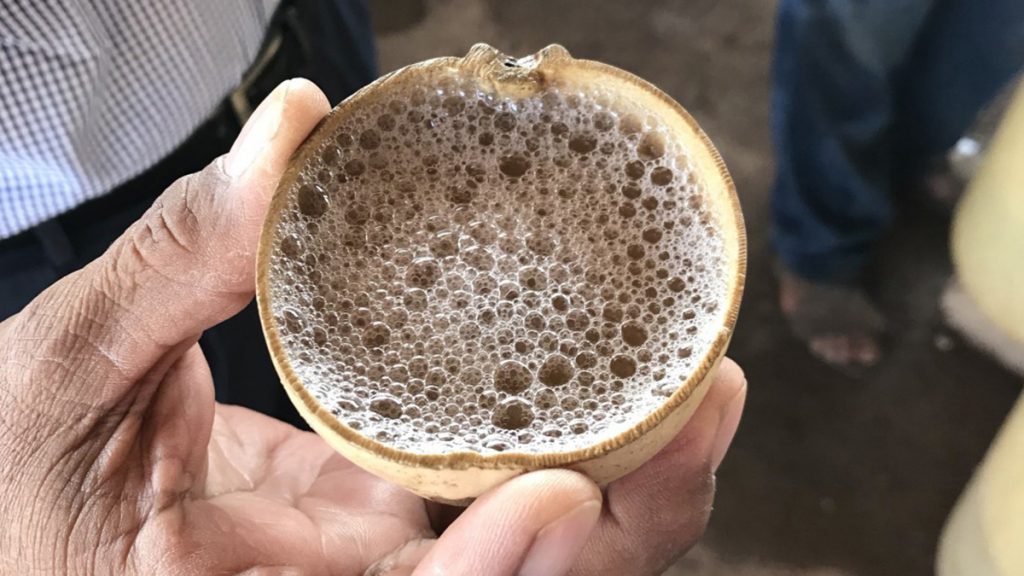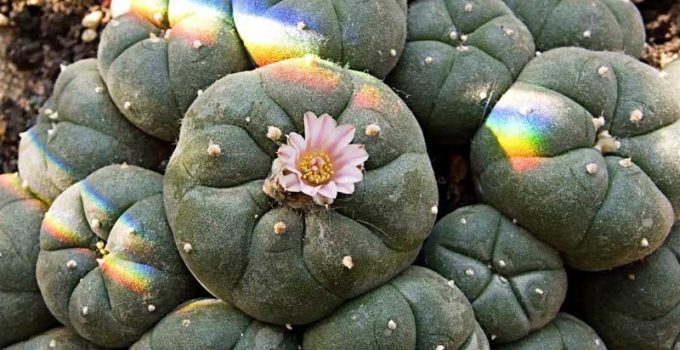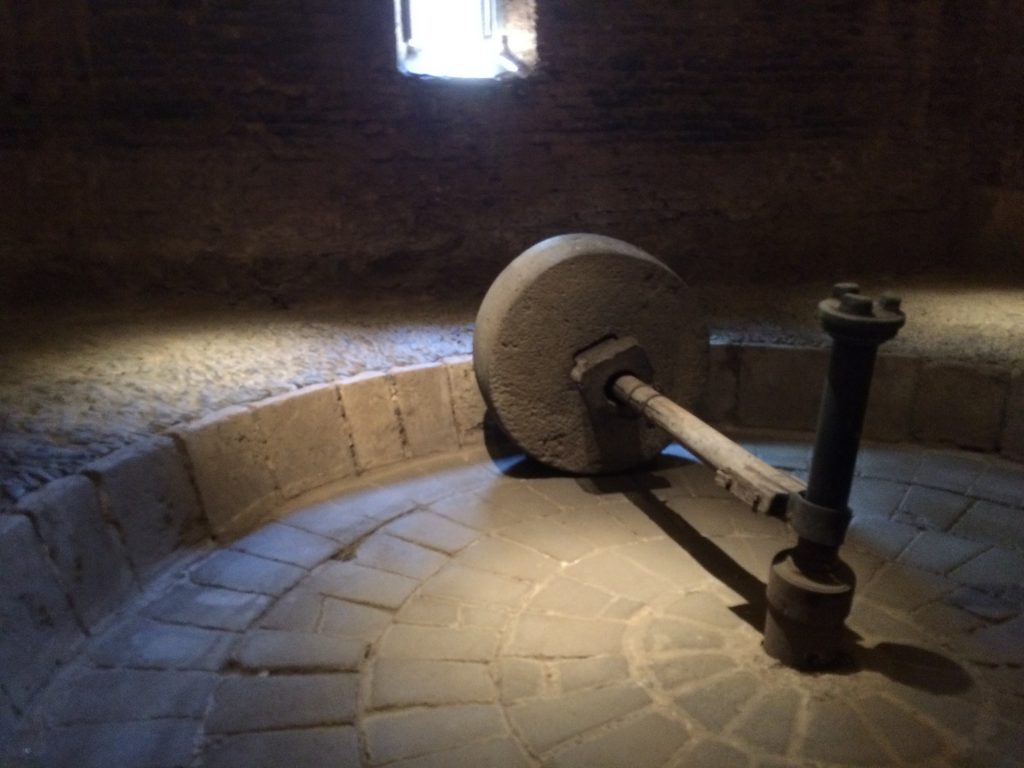In essence, agave distilled spirits or Mezcal has been around for hundreds of years. Even though its existence predates any distilled spirit in the Americas, the popularity around mezcal has become more mainstream in recent decades, now with so many Tequila brands on the market, mezcal seems to be taking more of the attention, as the agave spirit with most authenticity. But, as with most new tendencies, myths and quackery tend to see the forefront.
These are 5 Myths You Should Know About Mezcal

1. The more “Perlas” or “Pearls” (small surface bubbles) indicate a distillate of high quality.
It is said that the more “perlas” (small surface bubbles) that form on the surface of a served mezcal or even in the bottle is a sign of a product of high alcohol content and superior quality.
In fact, this is an antiquated form of measuring alcohol content. Maestro mezcaleros, due to years of experience are able to identify visually that their mezcal is reaching a desired alcohol content. However, because there are several other factors that determine a “quality” product, this is in no way indicative of the superiority of quality. Today, there are other ways to actually measure exact alcohol content, and they are used in each all of the mezcal categories.

2. Mezcal is Characterized by its Smokiness
Yes, many mezcales have a smoky flavor, this is due to the way it is produced, by roasting the agave in earth pits with stones and charcoal. This is one of the major differences of mezcal from Tequila, which is steamed exclusively in above-ground ovens, an autoclave, or even a diffuser.
However, not all mezcales have a strong smokey character, some have little traces, and some even none. In fact, this is a step controlled by the maestro mezcalero, and the best of them can produce a mezcal with little smokiness, so you can better identify the other fruitful, floral & earthy notes of the mezcal.

3. Some Mezcales Make You Hallucinate with Mescaline
Wrong! Unless the mezcal has been altered with added ingredients, there is absolutely no reason a mezcal will cause hallucination. Many people think – and associate Mezcal with mescaline, an hallucinogenic found in peyote and other cacti.
In fact, agave are not cactus and do not contain any mescaline, and do not make you hallucinate.

4. Mezcal Should be Served with an Orange Slice
In many restaurants and other establishments, mezcal tends to be served with orange slices, oftentimes sprinkled with sal de guzano or another. In fact, this is not the traditional way to taste mezcal. Like the lemon slice often paired with a shot of tequila, it is said the orange slice is served with distilled agaves to distract from a poor tasting spirit.
The best way to properly taste a mezcal or agave spirit is straight or from a neat pour. In this manner you can genuinely distinguish the different notes of the mezcal without any overpowering outside flavor. It is also a good idea to accompany tastings with a glass of water to cleans and reset your pallet to appreciate the different flavors and aromas.

5. All Mezcal Comes From Oaxaca
Oaxaca is the state with the highest production or market share of mezcal production. The state of Oaxaca accounts for 83% total production of Mezcal, and 100% of its region has the denomination of origin for producing Oaxaca. Oaxaca also has to its advantage that it accounts for the largest variety of agave species in Mexico. However, Mezcal does not come only from Oaxaca.
In fact, there are a total of 9 states in Mexico that can legally produce a distilled agave spirit and call it “Mezcal” under the denomination of origin. The 9 states that can produce mezcal are; Oaxaca, Guerrero, Durango, Zacatecas, Tamaulipas, San Luis Potosi, Guanajuato, Michoacán, and Puebla.
Nevertheless, many other states and regions in Mexico produce distilled agave spirits or mezcal, and other denomination of origin exist, like bacanora, sotol, charanda, raicilla, tuxca and tequila. Also, distilled agave spirits are produced in other parts of the world – Australia, South Africa, United States, Venezuela for example, also produce distilled agave spirits.
Also check out
-
Tlecan Mezcaleria Mexico City Scores Top 10 on North America’s 50 Best Bars 2024
-
“IT’S ALL MEZCAL” – A Deep Dive into a Mexican Tradition
-
Tasting Mezcal Like a Pro: A General Guide
-
ESPANITA ARTISANAL TEQUILA INTRODUCES DOUBLE BARREL ANEJO TEQUILA
-
Mezcal Amarás Logia Horno: Taking Luxury, Collectible Mezcal to a New Level
